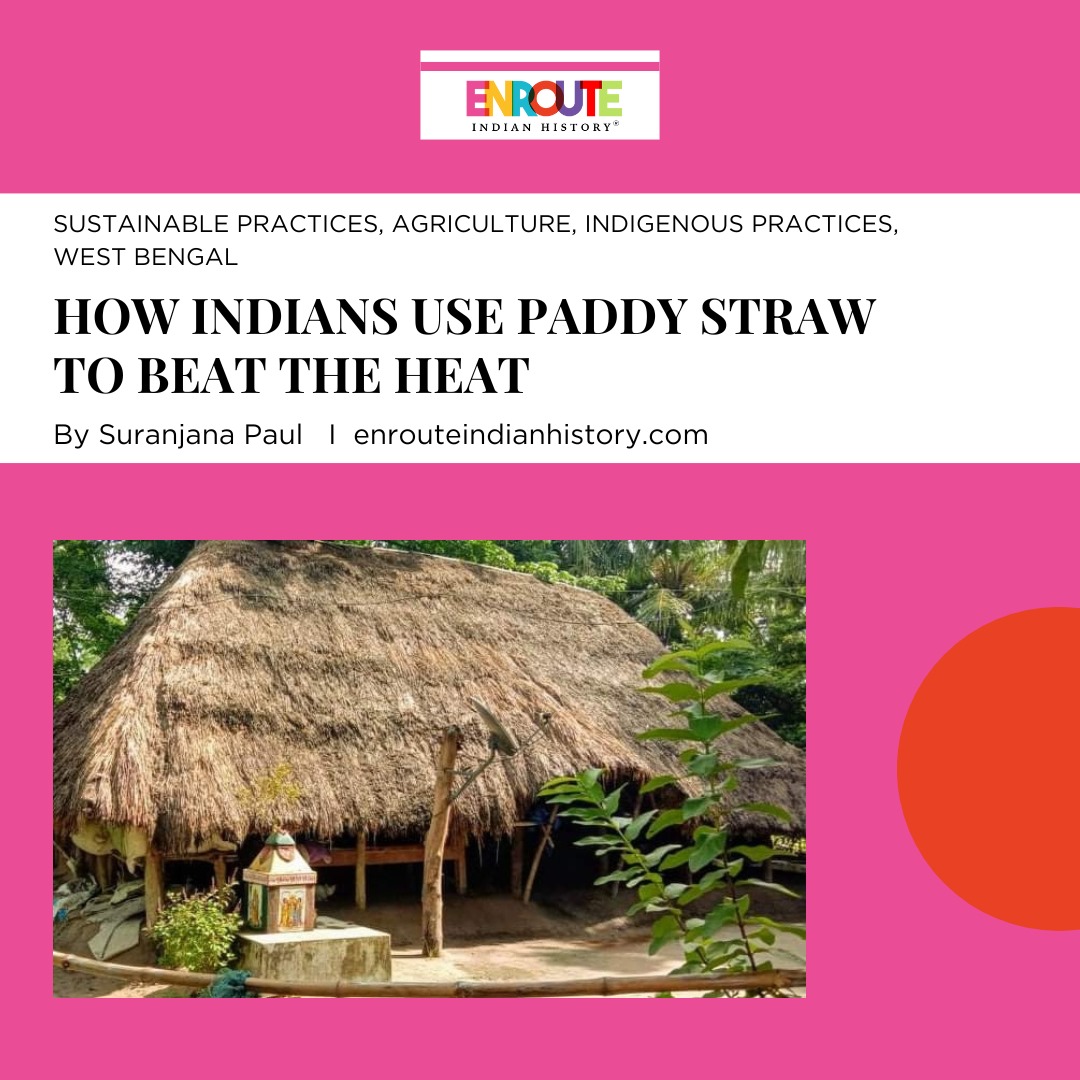
Everywhere in a city, street food is fundamental to the shared identity and way of life. Street food vendors represent the experience values, and this idea of uniqueness is embodied in their behaviours. Traditional food landscapes are defined in part by the unique feature of the urban economy that is street food. It is difficult to recreate the sense of community that street food provides amongst vendors and customers in the open air among crowds. Regardless of financial capacity, street food is a tradition that is enjoyed by both locals and tourists. It is typically consumed immediately and it symbolises a social occasion that brings back past traditions.
Amritsar’s culinary splendour is richly influenced by its cultural heritage. When one speaks of Amritsar, images of the Golden Temple are not the only thing that comes to mind; the food of this sacred city is also highly sought after no matter where you are in the city. Many meals and drinks, including lassi and kulcha, fish and chicken, and numerous traditional desserts, are referred to as Amritsari on the menus of Indian restaurants located practically everywhere in the world, eagerly capitalising on the country’s popularity.
In most locations in India, Pakistan, and Nepal, kulcha—a spicy flatbread filled with mashed potatoes or other vegetables—is prepared in a tandoor, or clay oven. The Pathi Kulcha, however, is a unique kind of kulcha that can only be found in Amritsar. Often called the Bread Kulcha, the Pathi Kulcha is made using basic components such as white flour and water in wood-fired bakeries. Since no sugar or salt is added, the taste is bland; nevertheless, since it is supposed to be eaten with a variety of dishes and thus, the blandness is not a problem.

(Source: https://i.ytimg.com/vi/x4QZOn1UBM8/maxresdefault.jpg)
Although the ingredients might seem simple, patience and skill were needed for the process. The first step is to make the dough with water the night before. After that, water that has been soaked for over eight hours with fennel and black gram is added. It mimics the function of yeast. Rather than soaking the dough, some cooks boil the water beforehand and then add it to the dough right away in the morning. The dough is then formed into smaller buns. These are then set on steel trays that have been smeared with mustard oil using cotton cloth and placed directly into the brick-built wood-fired ovens. Currently, five sizable ovens employing up to thirty bakers can be found on Kulcheyan Wali Gali, also known as the “street of kulchas,” at the Lohgarh Gate in the Walled City.
Hundreds of men, both young and elderly, are employed in around 40–45 units that make up Putligarh, Batala Road, Hakima Gate, Hathi Gate, Lahori Gate, Garhwali Gate, and Jora Phatak, among many other parts of the city where these kulchas are also created. The younger generation has been replacing the older generation in most regions. They commence at 4:00 AM and run till 3:00 PM. Rather than having sign boards, these vintage bakeries are identified by the names of their bakers. After the baking process is completed, hundreds of kulchas are transported across the city to various large and small eateries to cater to the huge number of people who gather there for breakfast, lunch, and an evening snack.
Because it contains black gram water, many tourists to the city refer to it as the “smelly kulcha.” Its standout quality lies in its lack of chemical additives, requiring no reheating and still delivering a delicious taste experience as it is. If local chefs are to be believed, in addition to their love for cooking, the majority of them also give Amritsar’s water a lot of credit, calling it “sweet” and adding a unique flavour.

(Source: https://s3-ap-southeast-1.amazonaws.com/img.tasteofcity.com/tasteimages/201612/image_292x219/54FD0B72DF654EE5_09_Nutree_Kulcha.jpg)
Since the 1920s, when it first appeared in the Namak Mandi close to the Golden Temple, the city has been producing it. Every day, these bakeries produce about 35,000 kulchas, many of which are sent to other towns in Punjab and other regions. The demand is natural given that kulcha goes well with practically anything, including chicken, fish, pakoras, soya gravy, and chana or chickpea curry, which is typically topped with onion rings, green chilies, and mango pickle slices. “Bheega,” which means “soaked” or “drenched,” is another well-liked soaked variation of the dish. It just entails covering it with chana gravy and leaving it for two to three minutes, or until all of the gravy has been absorbed. After that, the moistened kulcha is served with chopped onions, chaat masala, extra chana gravy, and a splash of green chutney on a platter.
Since this particular cuisine is not found in any other region of the nation, either in its original form or a modified one, a lot of visitors to the Holy City take it with them to eat later. NRIs from the city carry them overseas because, although they have a two to three day shelf life in the summer, they last over a week in the winter. Interestingly, considering that it costs between Rs. 5 and 10 each piece or Rs. 50 per dozen when purchased in bulk straight from the ovens, it also qualifies as one of the least expensive meals in the city.
Crafted with simplicity yet imbued with tradition, this unique variant of kulcha bread exemplifies the city’s cultural essence. From its humble beginnings near the Golden Temple to its widespread popularity today, the Pathi Kulcha remains a beloved dish cherished by locals and visitors alike. Its preparation process, passed down through generations, reflects the artisanal craftsmanship and dedication of Amritsar’s bakers. As it continues to tantalise taste buds and evoke nostalgia for past traditions, the Pathi Kulcha stands as a symbol of Amritsar’s culinary excellence and cultural pride.
References
Anand, N. (2020, March 5). The ultimate guide to the street food of Amritsar. City on Pedals. https://cityonpedals.com/blog/the-ultimate-guide-to-the-street-food-of-amritsar
Dhillon, C. P. S., & Bhinder, H. S. (2021). Exploring Sensory and Cultural Experiences of Tourists with Local Gastronomy Case of Amritsar, Punjab, (India). Turkish Online Journal of Qualitative Inquiry, 12(9), 971–981. https://www.tojqi.net/index.php/journal/article/view/5701
Rana, V. S., Sharma, P., & Thakur, A. S. (2018). Potential of Food Tourism in Punjab (India):A study of Amritsar, Jalandhar and Patiala. Eurasian Journal of Analytical Chemistry, 13(2), 371–377. http://www.eurasianjournals.com/pdf-109630-40085?filename=Potential of Food Tourism.pdf
Sgroi, F., Modica, F., & Fusté‐Forné, F. (2022). Street food in Palermo: Traditions and market perspectives. International Journal of Gastronomy and Food Science, 27, 100482. https://doi.org/10.1016/j.ijgfs.2022.100482
- May 15, 2024
- 6 Min Read

























